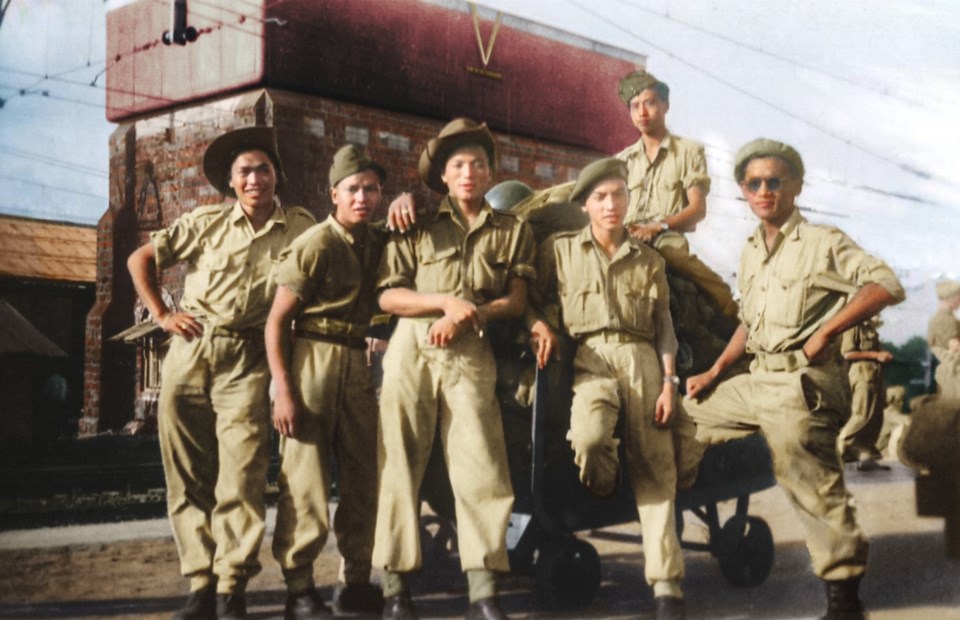VANCOUVER — Former B.C. judge Randall (Bud) Wong remembers getting out of bed early one morning when he was five to greet his uncle at the train station in Vancouver at the end of the Second World War in 1945.
His uncle Delbert Yen Chow was returning from India after years of service as an infantryman.
“I remember very vividly my uncle coming off the train, and he was wearing his army uniform and knapsack,” said Wong, 83.
“We were so happy to see him that we took him home, and then he came to live with us.”
The service of Chinese-Canadian soldiers like Chow in the First and Second World Wars will be honoured by a new exhibition at the Chinese Canadian Museum in Vancouver's Chinatown.
The exhibition, titled "A Soldier For All Seasons," is scheduled to launch in spring 2025.
The museum says that by the end of the Second World War, Chinese Canadians were in every branch of Canada's armed forces -- despite not being recognized as full citizens with the right to vote in federal elections until 1947.
The same year, the Chinese Exclusion Act that effectively banned Chinese immigration was repealed. It was another two years before Chinese Canadians were allowed to vote in all provincial elections too.
According to Veterans Affairs Canada, more than 200 Chinese Canadians volunteered to fight in the First World War, while more than 600 served in the Second World War.
Wong said the exhibition was important to keep the veterans' stories alive as a reminder of their sacrifices and how they were fighting on two fronts – one overseas and the other at home, for equal recognition as Canadians.
"When they returned, their credo was 'one war and two victories.' Basically, one was helping Canada defeat its enemy and the other one is basically attaining the right to vote," said Wong, a board member with the Chinese Canadian Museum and president of the Chinese Canadian Military Museum.
"It was on the basis of saying, 'We fought for king and country, now please give us the right to vote.'"
Melissa Karmen Lee, chief executive officer with the Chinese Canadian Museum, said the exhibition would show Chinese Canadians' involvement "in every single part of the Canadian war effort."
Among the troops being honoured are those who fought as part of Force 136, a group of Chinese Canadians who conducted perilous special operations behind enemy lines in Japanese-occupied Southeast Asia.
They were trained to blend in with local communities, help resistance fighters and sabotage Japanese supply lines and equipment.
Wong said colourized photos of Force 136 veterans left him emotional, and their mission was so dangerous it had another code name — Operation Oblivion.
“Because they said if you volunteer for this, there's a good chance that you may not come back. You might get captured. You may get killed,” said Wong.
Wong said that as the 80th anniversary of the end of the Second World War next year approached, there were only four Chinese Canadian veterans left.
If he could travel back in time to thank such veterans, he would tell them "we are forever grateful for what you have accomplished."
Wong said his uncle’s ethics, hard work and service influenced him growing up. Wong would go on to become the first Chinese Canadian provincial Crown counsel in 1967.
This report by The Canadian Press was first published Nov. 9, 2024.
Nono Shen, The Canadian Press




